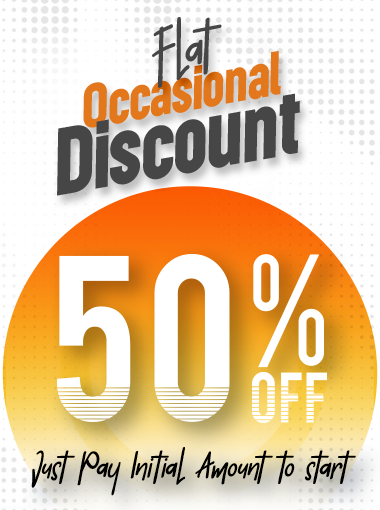1. Understanding AR and V
- Definition and Concepts:
Begin by understanding the fundamentals of Augmented Reality (AR) and Virtual Reality (VR). AR overlays digital content onto the real world, while VR immerses users in a completely virtual environment. Understand the key differences and use cases for each technology in your custom website design.
2. Planning and Purpose
- Defining Objectives:
Determine the purpose behind integrating AR or VR into your website. Whether it's for education, enhancing user engagement, showcasing products, or entertainment, having a clear objective will guide your design decisions with affordable website design service help.
-
Content Creation:
Plan and create the AR/VR content you intend to showcase. This might include 3D models, animations, videos, or interactive elements. Ensure that your content aligns with your website's goals and target audience.
3. Technical Implementation
- Choosing the Right Tools:
Decide on the technology platform or framework for the unique website design that you will use for AR or VR integration. Common options include A-Frame, Three.js, Unity (for VR), AR.js, and ARCore/ARKit for mobile AR experiences and to elevate your brand identity design.
-
User Interfaces (UI):
Design intuitive user interfaces that facilitate unified cheap website design deal interaction with AR or VR elements after you buy website design help offering cheap website design deals. These interfaces should be responsive and adaptable to different devices, such as desktop, mobile, or VR headsets.
-
Performance Optimization:
Focus on performance optimization to ensure fast loading times and smooth interactions, especially on mobile devices. Use compression, and efficient coding, and consider bandwidth limitations.
4. Testing, User Experience, and Promotion
- Device Compatibility:
Test your AR and VR experiences on various devices and platforms to ensure compatibility and smooth performance by utilizing the best website design help. Make necessary adjustments to accommodate different hardware capabilities.
-
User Testing and Feedback:
Conduct user testing to gather feedback and insights. Users' experiences and feedback can help you refine your AR/VR design and enhance user satisfaction through website design services online.
-
Marketing and Promotion:
Promote your AR and VR website experiences to attract users. Utilize social media, email marketing, and partnerships to increase awareness and engagement.
-
Monitoring and Updates:
Continuously monitor user engagement and collect analytics data. Utilize this information to make improvements and updates to your AR/VR content and user interfaces, ensuring a consistently enhanced user experience.
Creating custom website designs with AR and VR presents exciting opportunities to offer unique and immersive experiences to your audience. By following these four key steps, you can plan, implement, and optimize AR/VR features that align with your custom website design's objectives and provide an engaging user experience.

